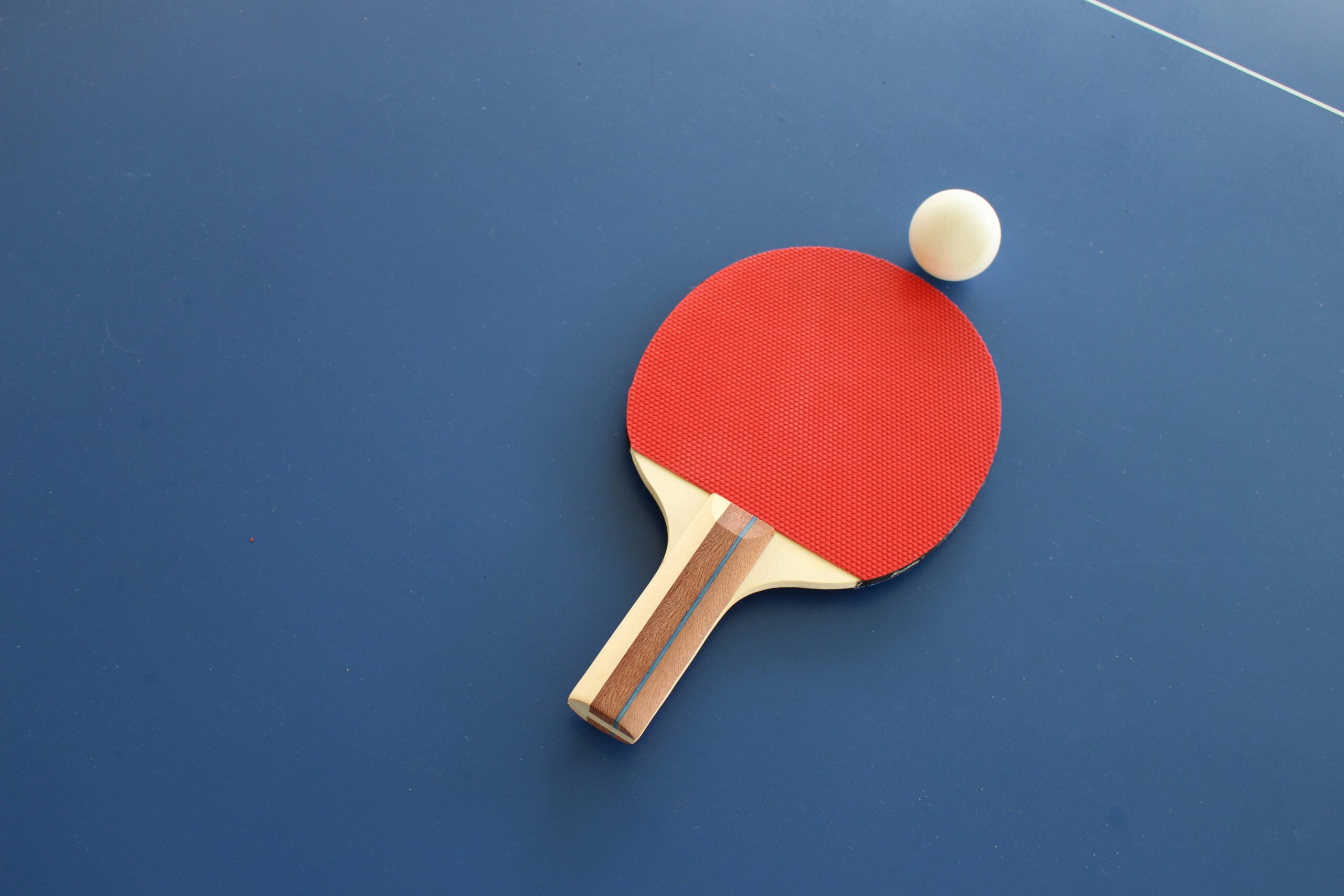
In the late 19th century, ping pong began as a quirky after-dinner pastime among the British upper class. Using makeshift equipment—such as cigar box lids for paddles and books for nets—players would gently tap a cork ball across a dining table. It was a novelty, a parlor game affectionately dubbed “whiff-whaff” or “gossima,” rather than a serious sport. Its sound inspired its later name: ping pong, which mirrored the rhythmic bounce of the ball on the table.
What started as a creative substitute for lawn tennis eventually found traction in middle-class households across England. The equipment evolved, with celluloid balls replacing cork and paddles fitted with pimpled rubber surfaces. Still, ping pong remained tucked away in the recreational shadows for decades, passed over by more prominent sports like soccer, baseball, and tennis.
Early Organizational Steps and the First Breakthroughs
The sport took its first serious steps toward legitimacy in 1926 with the founding of the International Table Tennis Federation (ITTF). The inaugural World Table Tennis Championships were held in London that same year. Hungary and Czechoslovakia dominated the early competitions, establishing European hegemony over the game. Yet, despite growing interest, ping pong struggled to shrug off its reputation as an eccentric hobby.
The tide shifted post-World War II, as the sport gained visibility in Asia. Japan emerged as a powerhouse in the 1950s, revolutionizing gameplay with sponge-covered paddles that added explosive spin and speed. This innovation transformed ping pong from a gentle parlor game into a fast-paced, strategy-driven contest. Suddenly, spectators were captivated by matches that unfolded at breakneck speed, showcasing reflexes, footwork, and mental fortitude that rivaled any mainstream sport.
The Rise of Asian Dominance
In the 1960s, China entered the arena and rapidly redefined the global ping pong landscape. The Chinese approach was methodical, scientific, and state-supported. Training academies churned out legions of young athletes schooled in discipline and technique. China didn’t just participate—they conquered, establishing a dynasty that persists today.
Their dominance was so complete that it forced the rest of the world to adapt or be left behind. Sweden, led by Jan-Ove Waldner in the 1980s and 1990s, posed a serious challenge to the Chinese stranglehold. Waldner’s surgical precision and unflappable demeanor earned him near-mythical status in China, where he’s still revered as the “Mozart of Table Tennis.” His influence expanded the sport’s cultural reach, proving that excellence could come from any hemisphere.
Ping Pong Diplomacy and Political Power
Beyond the table, ping pong played a surprising role in reshaping global politics. In 1971, during the height of the Cold War, table tennis was the unlikely catalyst for renewed diplomatic relations between the United States and the People’s Republic of China. The event, later dubbed “Ping Pong Diplomacy,” involved a goodwill exchange of players between the two nations. It culminated in President Nixon’s historic visit to China in 1972, symbolizing the thawing of decades-long hostilities.
That one moment catapulted ping-pong into the geopolitical spotlight, reinforcing its value as more than just a sport—it was a cultural bridge, a symbol of diplomacy and connection in a divided world.
The Olympic Spotlight and Modern Professionalism
After years of campaigning by the ITTF and other governing bodies, table tennis was finally included in the 1988 Olympic Games in Seoul. This move legitimized the sport on the world’s grandest stage. Olympic inclusion brought better funding, more international media coverage, and inspired a new generation of players worldwide.
Today, ping pong has shed most of its recreational skin. Professional leagues thrive in Asia and Europe, and the World Table Tennis (WTT) organization—founded in 2020—has brought a fresh, entertainment-focused approach to tournaments. LED-lit courts, player walkouts, and dynamic presentation have made ping pong more spectator-friendly and media-savvy, attracting younger audiences and digital platforms alike.
Cultural Renaissance and the Basement Legacy
Ironically, even as ping pong ascends globally, it enjoys robust popularity in basements, garages, and rec rooms worldwide. That unassuming basement table is often the entry point for future champions, hobbyists, or weekend warriors. It is the nostalgic beating heart of the game, where joy trumps competitiveness and families forge memories over rallies.
Pop culture has also embraced ping-pong. It features in films, sitcoms, and music videos and is often used as shorthand for quirkiness, competition, or connection. Bars and cafés now host ping-pong nights, combining sport and socialization. This dual existence—elite and grassroots—keeps the sport grounded and vibrant.
Technology and the Future of Sport
With the advent of ball-tracking software, advanced analytics, and robotic training partners, ping pong is entering a tech-enhanced era. Coaches and players analyze spin, velocity, and placement in granular detail. Training is now data-driven, maximizing performance and extending competitive careers.
Virtual and augmented reality are also entering the fold. Simulated ping-pong environments allow fans to engage with the sport in immersive new ways, whether through eSports-style competitions or VR-enhanced training. These innovations suggest a future where ping-pong is not only played but experienced in ways that transcend the physical table.
A Sport Reborn
From improvised equipment in candlelit Victorian homes to televised Olympic finals and AI-powered coaching, the story of ping pong is one of constant reinvention. It has evolved from humble beginnings to a sport of immense speed, strategy, and cultural weight. Its journey from basement fun to championship glory is a testament to the adaptability and universality of play.
What keeps ping-pong enduringly relevant is its simplicity and depth. A game a child can pick up in minutes still offers lifetime mastery to those who dare. In that balance between accessibility and excellence, ping-pong finds its soul—forever bouncing between past and future, competition and camaraderie.